Eruditorum Press Books Make Great Christmas Presents
It’s not still Black Friday or Cyber Monday or any shit like that, right? OK, good.
So, first of all, thanks everyone for funding us through eight Class reviews on Patreon. They’ve been fun, they’ve been infuriating, it’s always nice to write adjacent to Doctor Who again. I’ll keep the $300 threshold for a Return of Doctor Mysterio review, and expect S10 to be in the same general range, maybe a little higher because I can probably get away with it. Still cheaper than making me go episode by episode through the Chibnall era might end up being.
Second of all, I did want to politely direct your attention to a few things that might be of interest during the holiday shopping season. Supporting independent leftist media is a revolutionary act, donchaknow. First of all there’s Josh Marsfelder’s Vaka Rangi, A briliant critical history of Star Trek that anyone who enjoyed TARDIS Eruditorum will get a kick out of. For the smart Star Trek fan in your life. Or because you want him to be in a good mood when I try to get him to podcast about Star Trek: Discovery next year.
Second, there’s the myriad of books I’ve written. Nothing new yet this year, though note the word “yet,” but all the old favorites like the first six volumes of TARDIS Eruditorum, A Golden Thread, the book on Flood I did with Alex Reed, and the Choose Your Own Adventure-style edition of Recursive Occlusion. Plus one I’d like to highlight, Guided By the Beauty of Their Weapons, my 2015 essay collection on thinking progressively about science fiction in the face of the alt-right. If you’re minded to start 2016 by thinking about fighting back, I’m comfortable saying it’s one of the most up-to-date books on the market.
Finally, I am going to get Last War in Albion for sale on Amazon in time for fairly easy Christmas delivery, so if that’s a thing you want/want someone to get you, rest assured it can happen. For those budgeting, it’ll be $4.99 in ebook and somewhere in the low $20s for print. Announcement when it’s ready. (Kickstarter backers, full update tomorrow.)
And as always, even if you can’t afford to give any money to support the blog, thanks for reading.
Oh, and I know loads of people who are in the general orbit of the blog have cool stuff for sale that people who read this blog might want to buy or put on their lists. If that’s you, please, post in comments. And if you’ve still got presents to buy for awesome people, check the comments.…

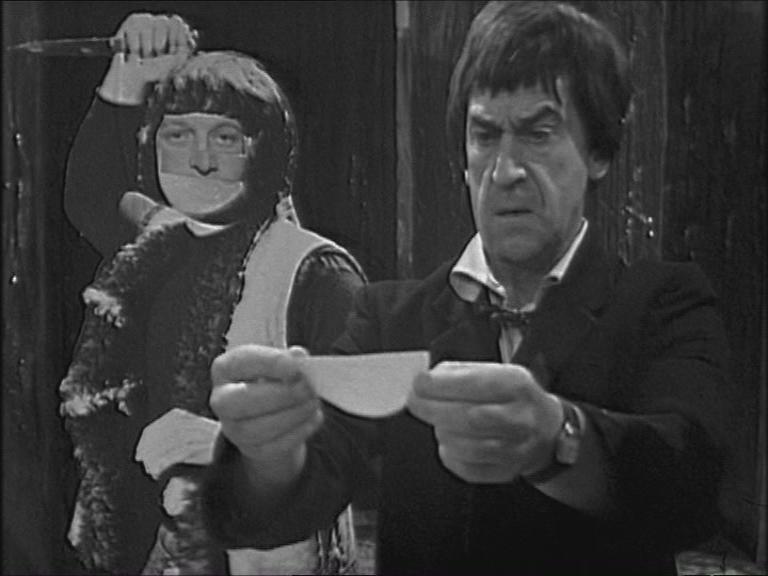 We’re pleased to announce a new episode of Pex Lives – one that’s actually about Doctor Who at that. (You remember Doctor Who, right? It’s that show about hope that doesn’t air in years like 2016.) Specifically, it’s about The Mind Robber, i.e. the twelfth greatest Doctor Who story ever. There’s also discussion about Fidel Castro, America’s inexorable slide into a dystopian hellscape, and childhood mindscapes.
We’re pleased to announce a new episode of Pex Lives – one that’s actually about Doctor Who at that. (You remember Doctor Who, right? It’s that show about hope that doesn’t air in years like 2016.) Specifically, it’s about The Mind Robber, i.e. the twelfth greatest Doctor Who story ever. There’s also discussion about Fidel Castro, America’s inexorable slide into a dystopian hellscape, and childhood mindscapes.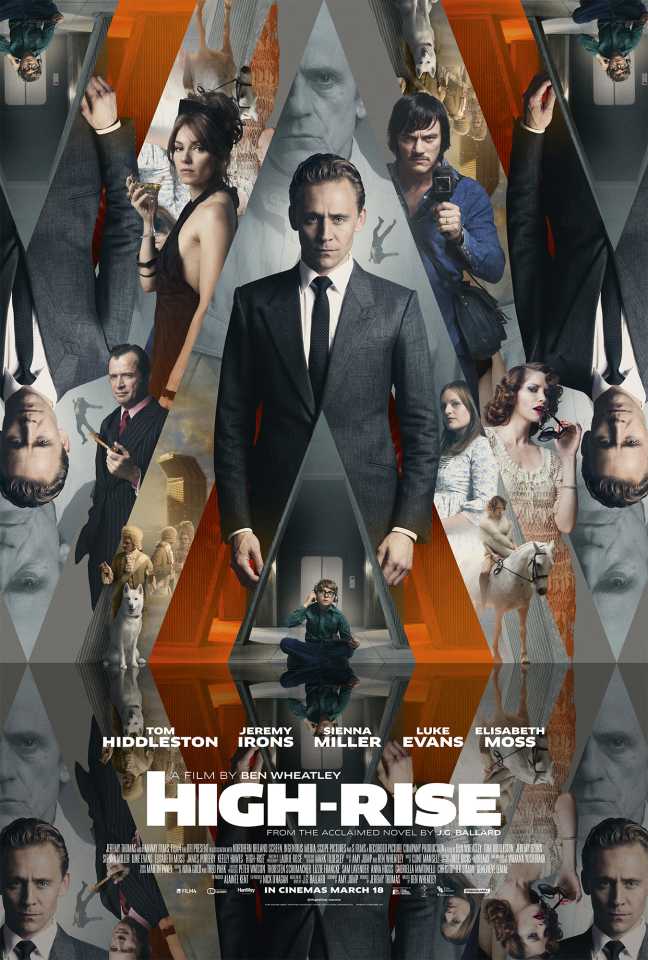 a technique of rapid passage through varied ambiences
a technique of rapid passage through varied ambiences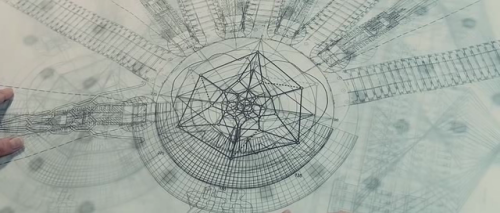

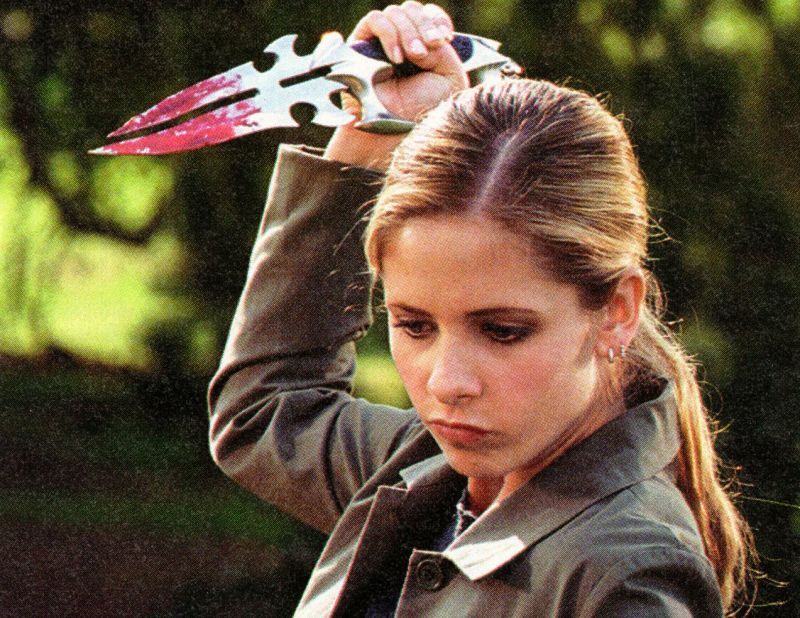 A guest post by Noah Berlatsky, from his new book
A guest post by Noah Berlatsky, from his new book 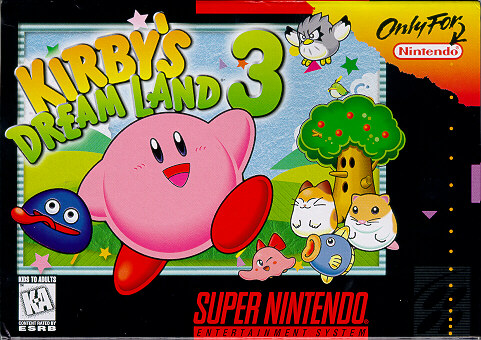 Moore, drawing from Bunyan, calls it Mansoul. Blake goes with Eternity, while the Aboriginal Australians call it the Dreamtime. Kabbalistically it’s Yesod. It is the world in which the implications of things are made real, their secret histories and imagined futures stretching into the horizon, ghosts and possibilities not haunting them so much as simply inhabiting them, the ordinary and everyday population of the vast and surreal psychic metropolis. When your children asked you where Mario goes when he’s out of lives, this is what you were afraid to tell them.
Moore, drawing from Bunyan, calls it Mansoul. Blake goes with Eternity, while the Aboriginal Australians call it the Dreamtime. Kabbalistically it’s Yesod. It is the world in which the implications of things are made real, their secret histories and imagined futures stretching into the horizon, ghosts and possibilities not haunting them so much as simply inhabiting them, the ordinary and everyday population of the vast and surreal psychic metropolis. When your children asked you where Mario goes when he’s out of lives, this is what you were afraid to tell them.